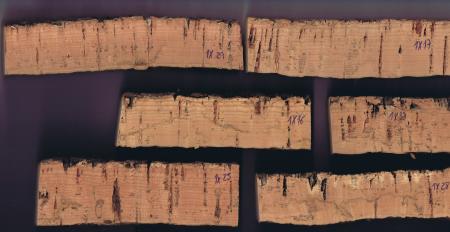
Objective:
The thickness of cork oak trees varies highly, even when they are located in the same geographical location or stand. The objective was to research how climate variables affect different trees within the same site, for which precipitation and temperature variables were considered. The response variable was the cork growth index (cgi) – the cork thickness of the first eight complete growth years were measured after boiling. The differences between trees were characterised by nine different cork thickness quantiles, from lower (thinnest cork) to higher (thickest cork).
Context:
The thickness of the extracted cork is a determinant of its price. There is a need to define tree management strategies that contribute to the increase in the amount of suitable cork extracted for stopper production, and ultimately farm income. Modelling cork growth index as a function of climate variables was carried out based on a quantile regression methodology, considering nine quantiles, from lower (thinnest) to higher (thickest). This was done using a large data set collected from 35 stands, located across the cork oak distribution area in Portugal.
Contacts:
Joana Amaral Paulo, joanaap@isa.ulisboa.pt
Further information:
Paulo, J. A., Firmino, P., Faias, S. P., Tomé, M. 2021. Quantile regression for modelling the impact of climate in cork growth quantiles in Portugal. Accepted for publication. European Journal of Forest Research.